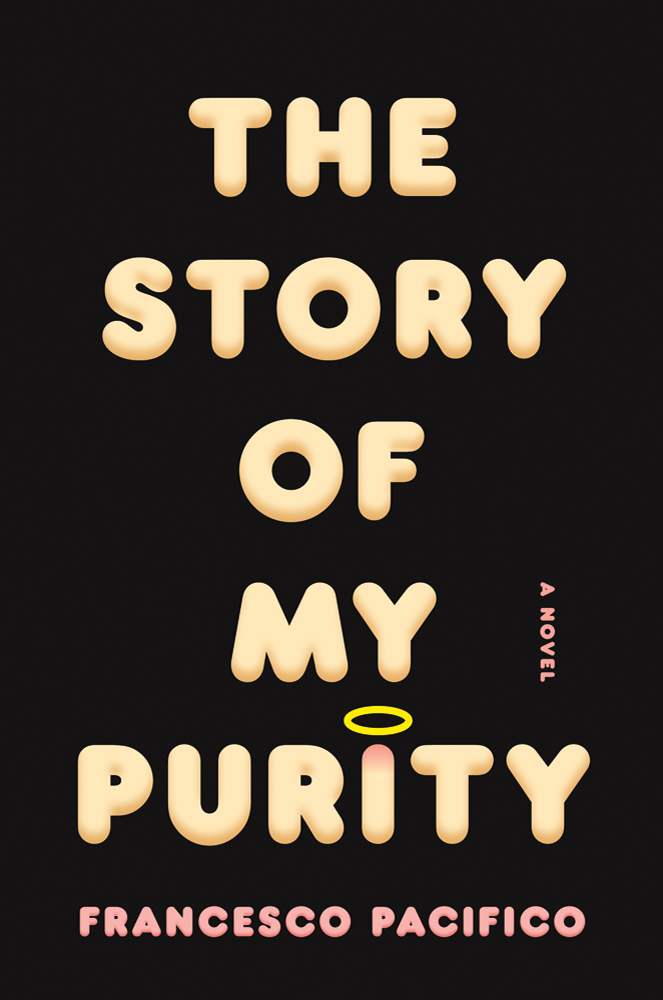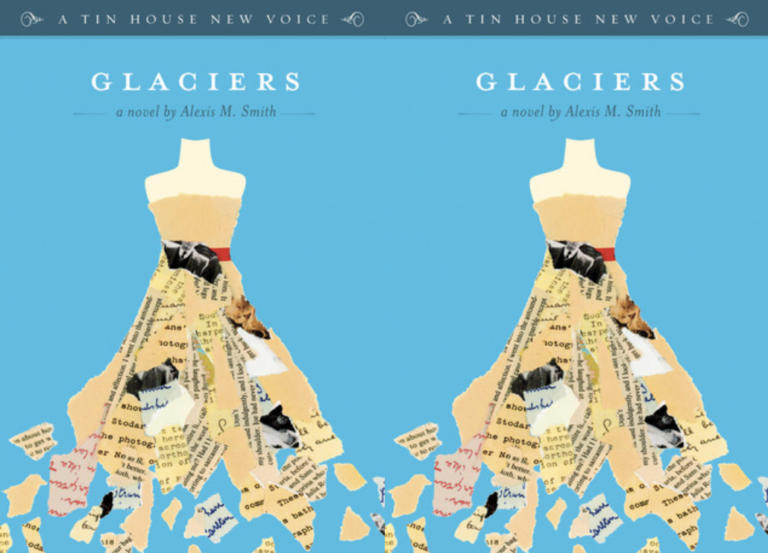Episodia 1.2: Dissecting the Downton Craze
When PBS first aired “Downton Abbey” two years ago, viewers across the nation had no idea that our lives were incomplete—but judging from the show’s reception we were all missing this episodic saga of one British aristocrat’s struggle to maintain his traditions while the outside world (and some of his staff) opposes them. And since we Americans love getting caught up in crazes almost as often as we fail to predict them, I set out to define the creative method behind the Downton madness. Read on to discover a few secrets that can help you write a smash hit of your own.
Mine the tangible world.
Americans love a good historical drama, and “Downton Abbey” creator Julian Fellowes proves that world history can supply all the plot points writers require. The “Downton Abbey” pilot begins in April of 1912, just after the Titanic struck the iceberg, and the hand-off between fact and fictionalized narrative occurs seamlessly—from the first taps of Morse code, to the moment Lord Grantham opens the daily paper to find the news. The shipwreck jeopardizes the Crawley family’s future because it has robbed the Downton estate of its successor and Lady Mary of her fiancé. When the new heir Matthew Crawley arrives from the wrong side of the finely manicured lawn, the story takes off.
Each episode continues to plumb historical detail for potent dramatic effect. World War I sends the men of Downton to the front. New inventions like the telephone, the gramophone, and the curling iron appear throughout the house. The Spanish influenza threatens to wipe out half the family and the staff. Inheritance laws frustrate Lord Grantham and his three daughters, who can’t afford the luxury of true love in a life of privilege. What real-world events might enhance your story line and grant you opportunities for subtle social commentary?
Make music.
Musicians and lyricists aren’t the only ones who must consider rhythm and pacing when composing their lines. We all know the importance of coaxing music out of a string of words on the page. But in addition to the sound of our sentences, music theory can be applied to how we consider our work in aggregate. If we picture our drafts as pieces of sheet music, at what moments do they begin, end, pause, swell, gain momentum, and simmer down?
Season 1 of “Downton Abbey” begins in 1912 and ends at the onset of World War I. Season 2 continues through the war, and it speeds through some years while illustrating other weeks, days, and afternoons almost hour by hour. You won’t find any montages in “Downton Abbey” because Fellowes knows how to select single moments that strike the chord of the whole.
Consider this scene from Episode 2.6 when the war is finally at an end. At the hour of the ceasefire, the entire cast gathers in the main hall. As the clock chimes, the camera pans across each face. Until this point, we’ve watched several individual story lines unfold: a mysterious soldier arrives who claims to be the long lost heir, Daisy the kitchen maid mourns the loss of the war-hero husband she admired but didn’t love, and Matthew struggles to recover from wounds sustained at the front. As the clock strikes the hour, all these individual narratives coalesce with the gravity of war, and the pause heightens the drama of the episode’s subplots while marking the completion—if not the resolution—of a significant historical event. The lesson here: a climax reaches its thematic potential when separate threads of a narrative work in concert with each other.
Modest can be hottest.
Downton is a world charged with floor-length hemlines, stiff tuxedos, and clandestine meetings in empty corridors. The stringent code of conduct dictates every character’s move, and the dominoes start to topple when someone is brash enough to break it. What happens if a house maid dares speak to the Earl, or if the chauffeur courts Lord Grantham’s youngest daughter, or if a middle class lawyer suddenly finds himself the heir-apparent to a great estate?
But there’s a larger point to be made here. While it’s entertaining to watch “Downton” for the costumes and the estate’s opulence and the legion of servants spit-shining the candelabras, I don’t think that’s why America has fallen in love with this show. I’d argue it has more to do with issues of restraint. The entire Downton cast’s commitment to keeping secrets supplies the perfect amount of exoticism to woo our kiss-and-tell culture.
Salaciousness might draw the eye but will never capture the heart—or, as the Dowager Countess might say, “Vulgarity is not a substitute for wit.” Creating characters who exhibit restraint doesn’t mean they never take risks or make mistakes; it means the stakes are higher when they do.
Embrace contradiction.
In his book Aspects of a Novel, E.M. Forster writes that “the test of a round character is whether it is capable of surprising in a convincing way.” Julian Fellowes has created characters that viewers feel like they know. We know Mr. Bates will always beat the drum of self-sacrifice. We know Matthew Crawley will cling to his moral rectitude and the Dowager can be counted on to deliver a quip at the tensest moments. And yet these same characters exhibit behavior that calls their key traits into question. Bates is a murder suspect, Matthew kisses someone other than his fiancée, and the Dowager tells a lie in hopes of keeping a lowly footman from war.
What could be more compelling than two characters sworn to be arch enemies? The answer is simple—foes who become friends, friends who become foes, and strangers who become pawns in any manifestation of the two. For example, the ambition that binds the servants Thomas and O’Brien together only severs their relationship once their plans succeed. The difference between characters with compelling contradictions and characters with discrepancies has to do with the clues the writer leaves along the way. As a writer, Julian Fellowes gives us the space to dislike characters for their choices, then time to come around again—and this is what keeps us watching.


